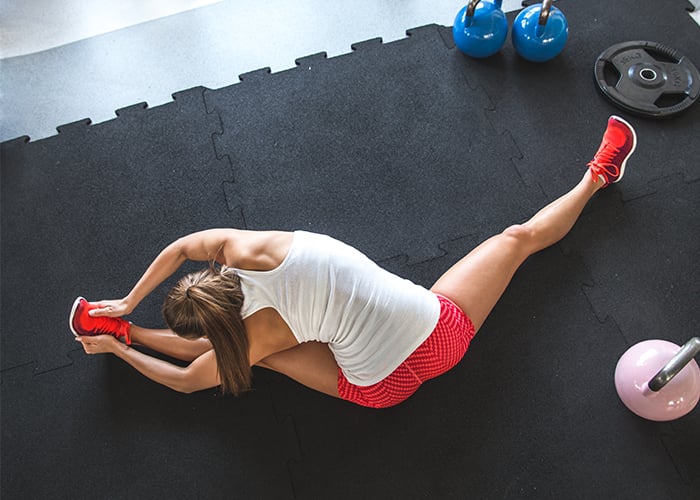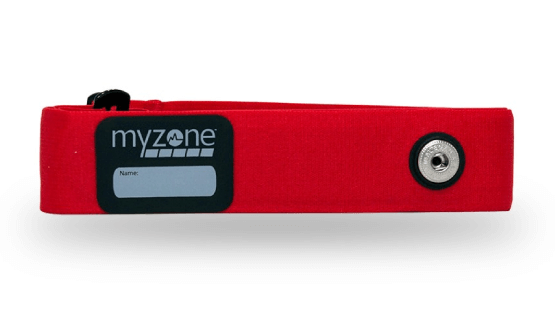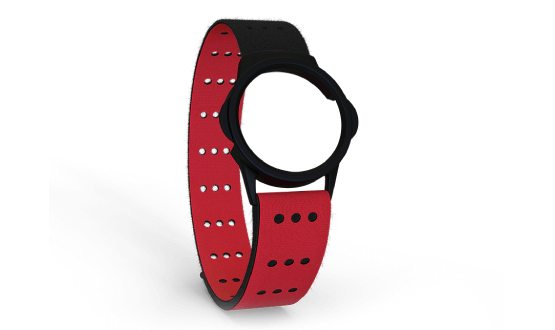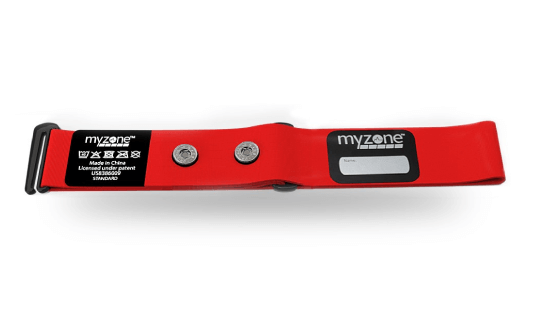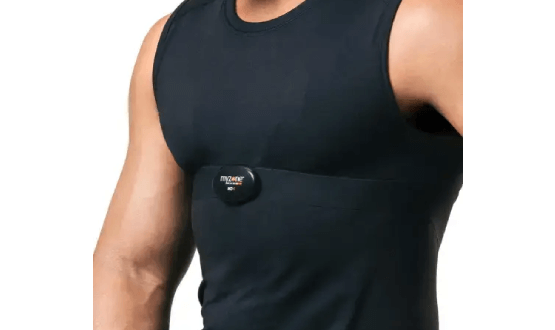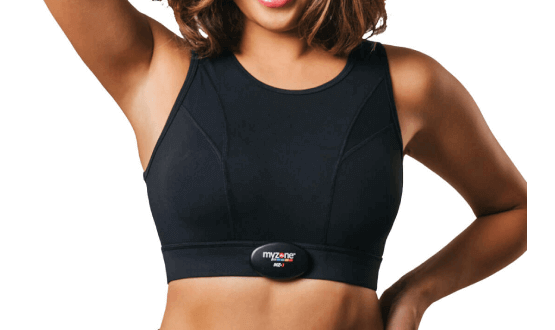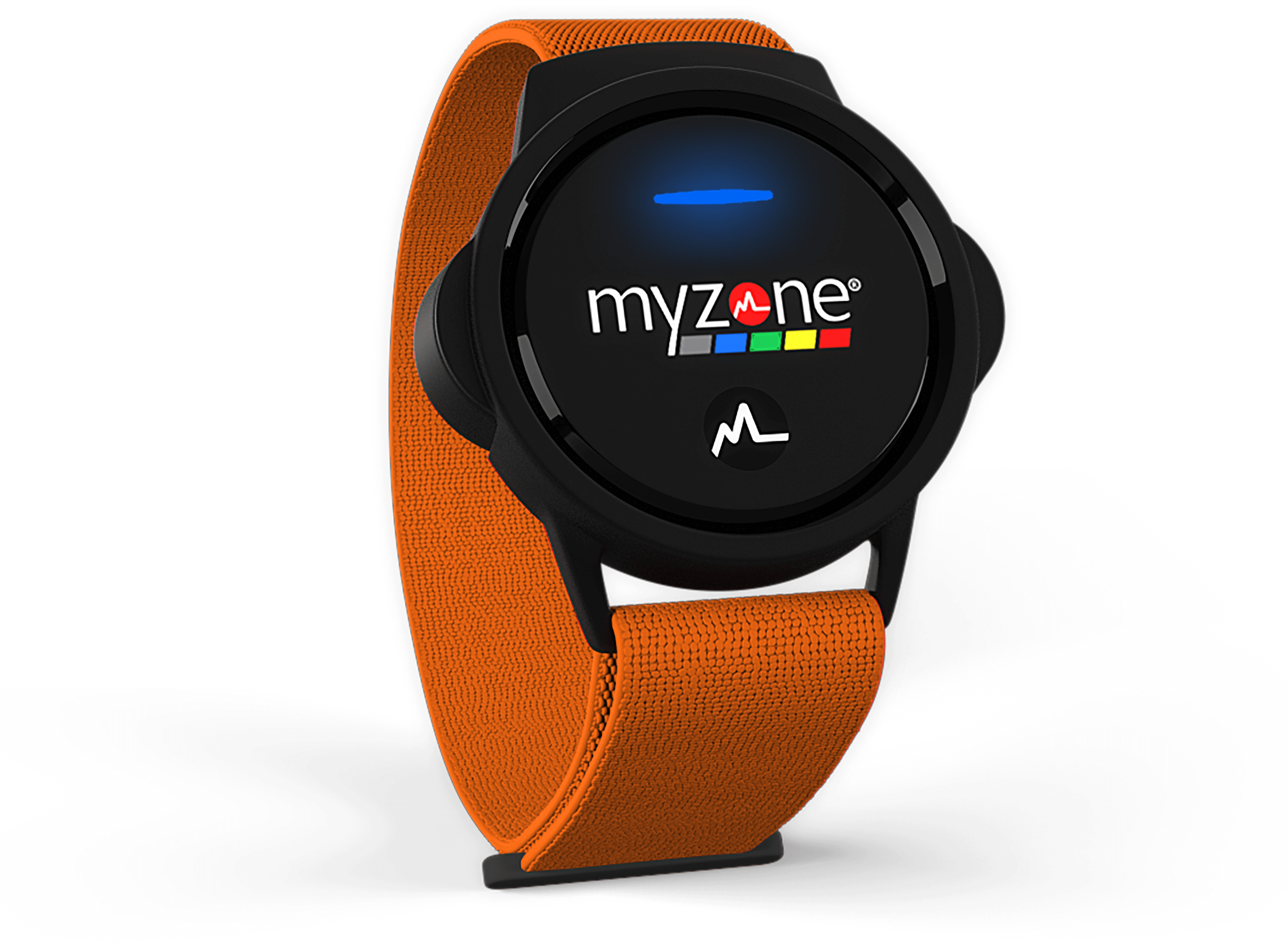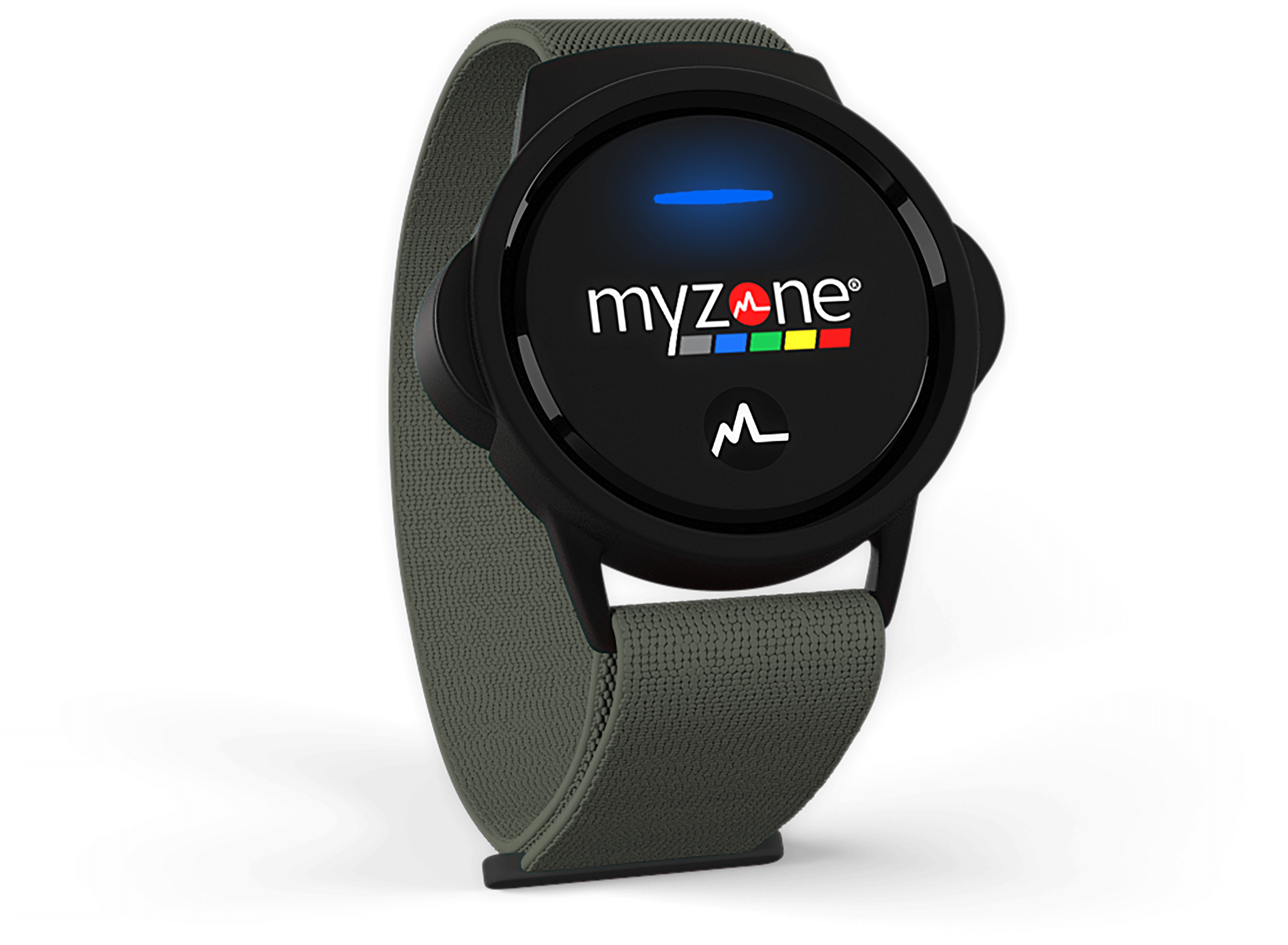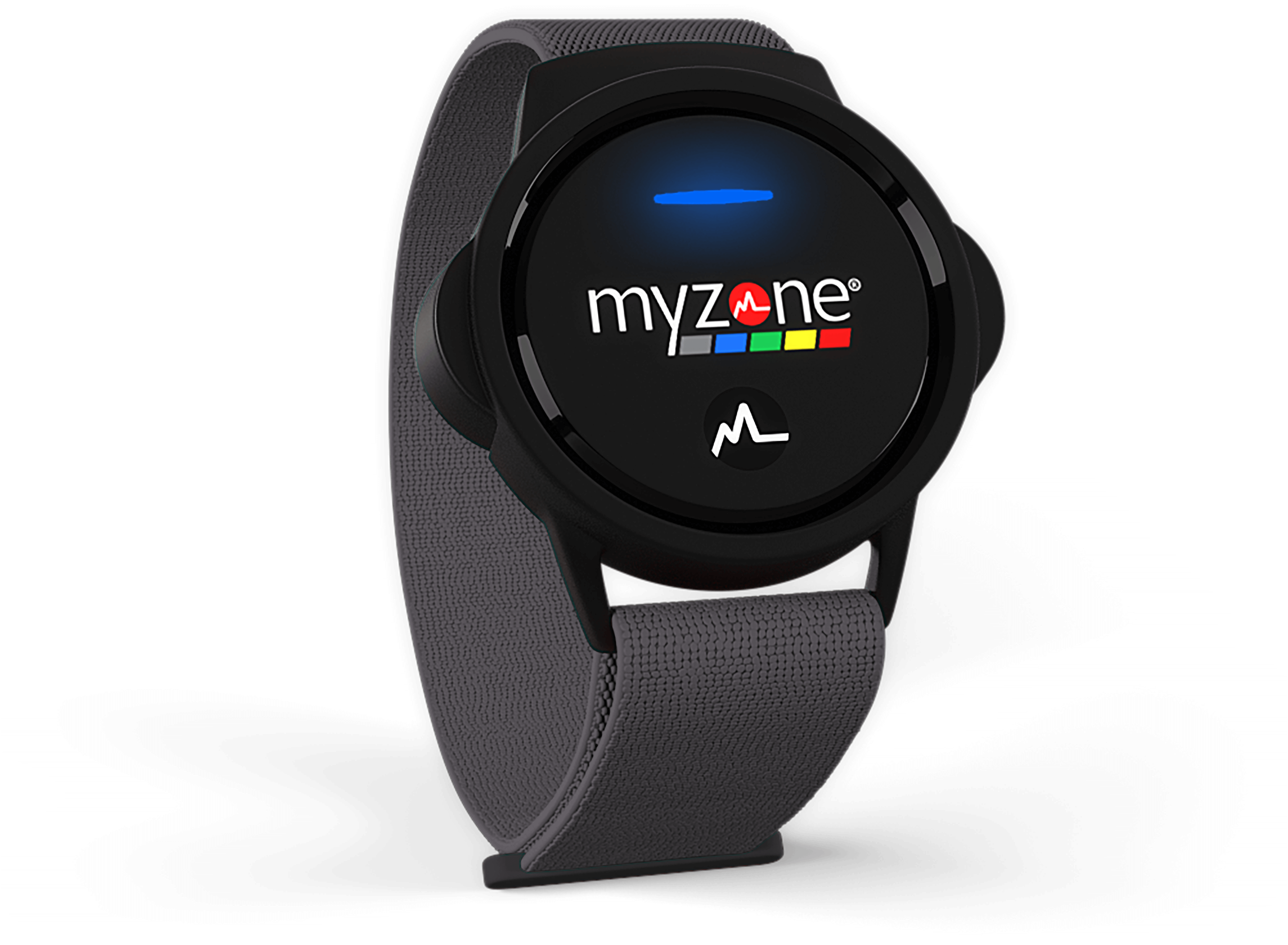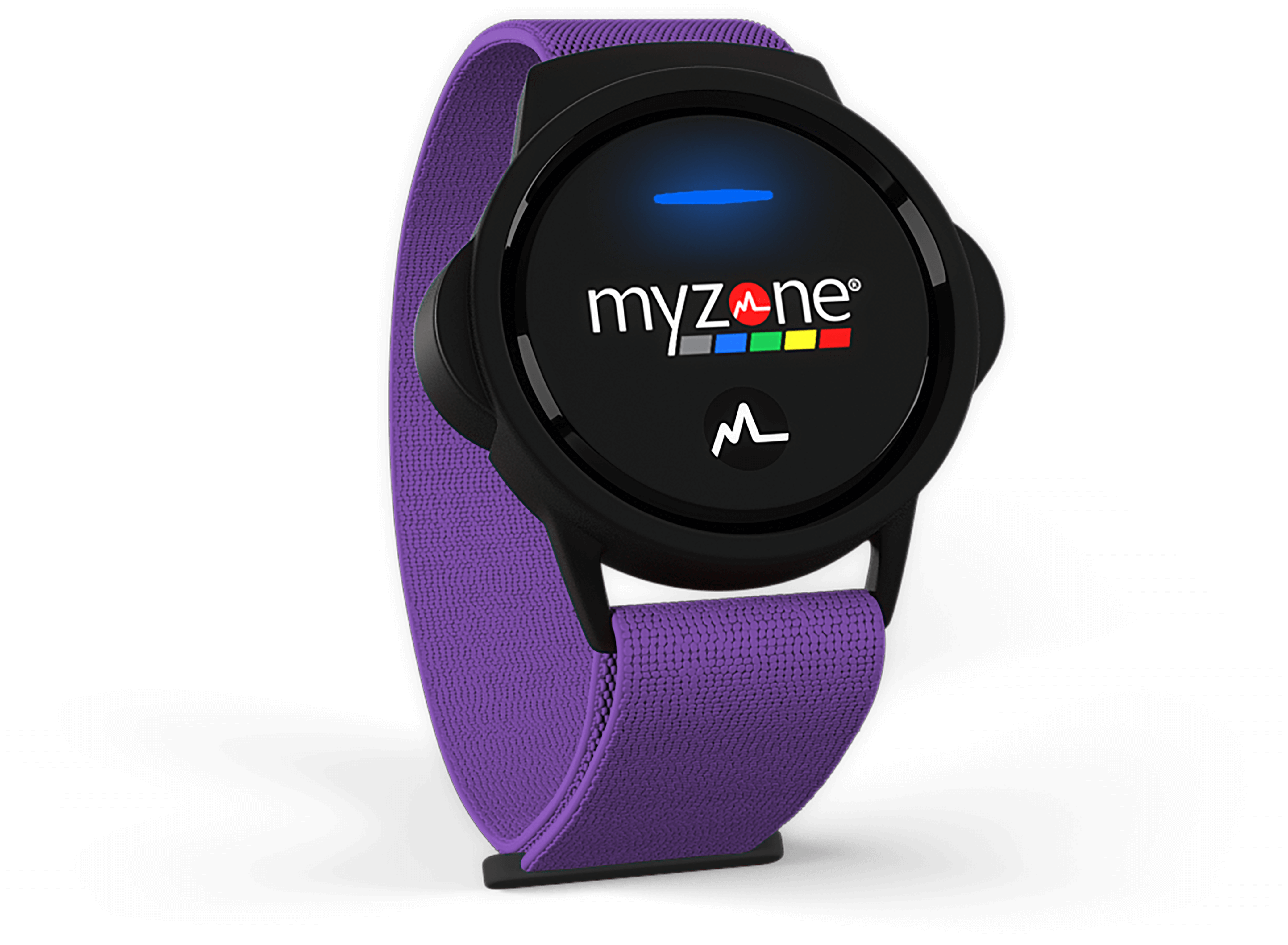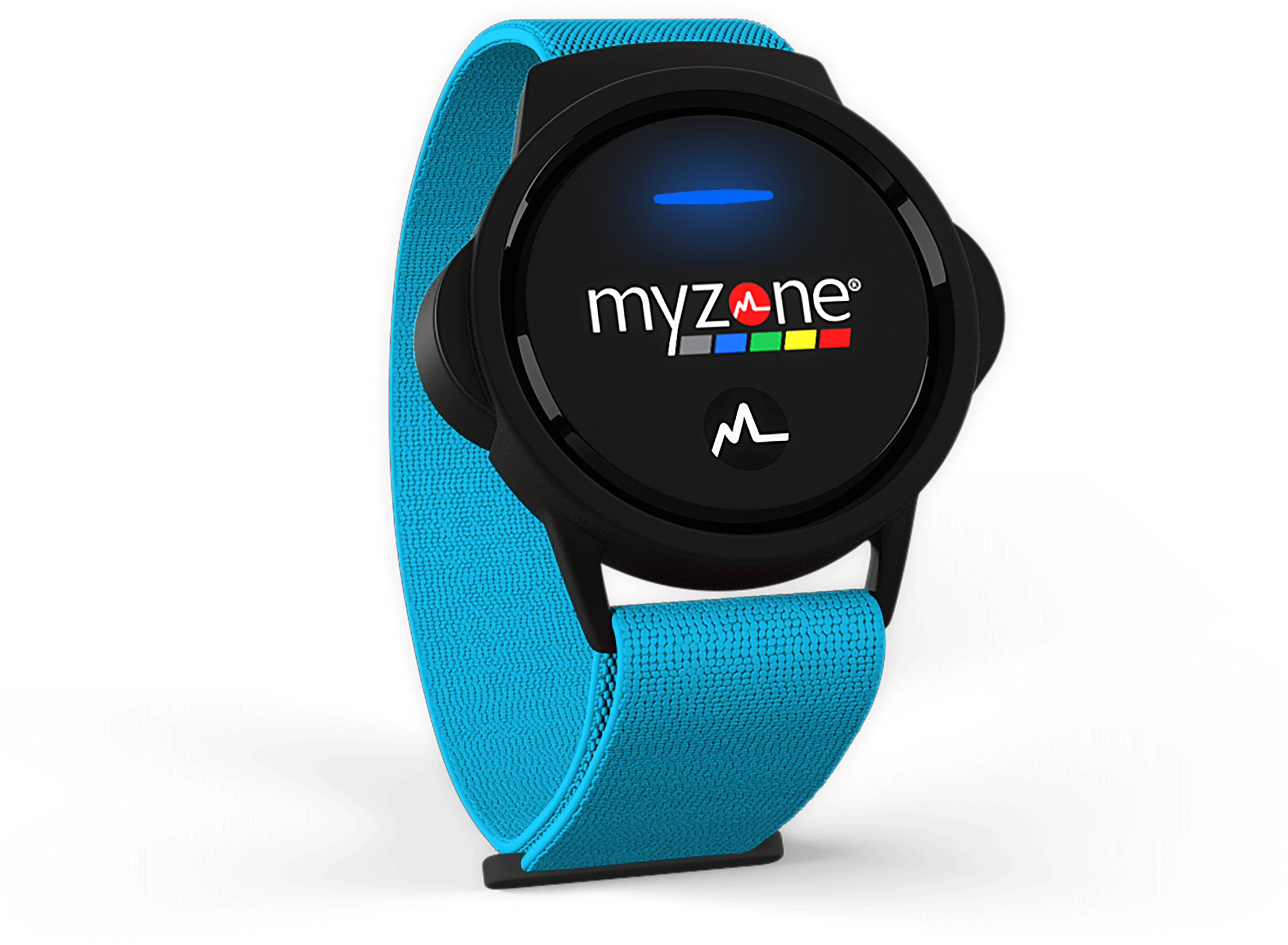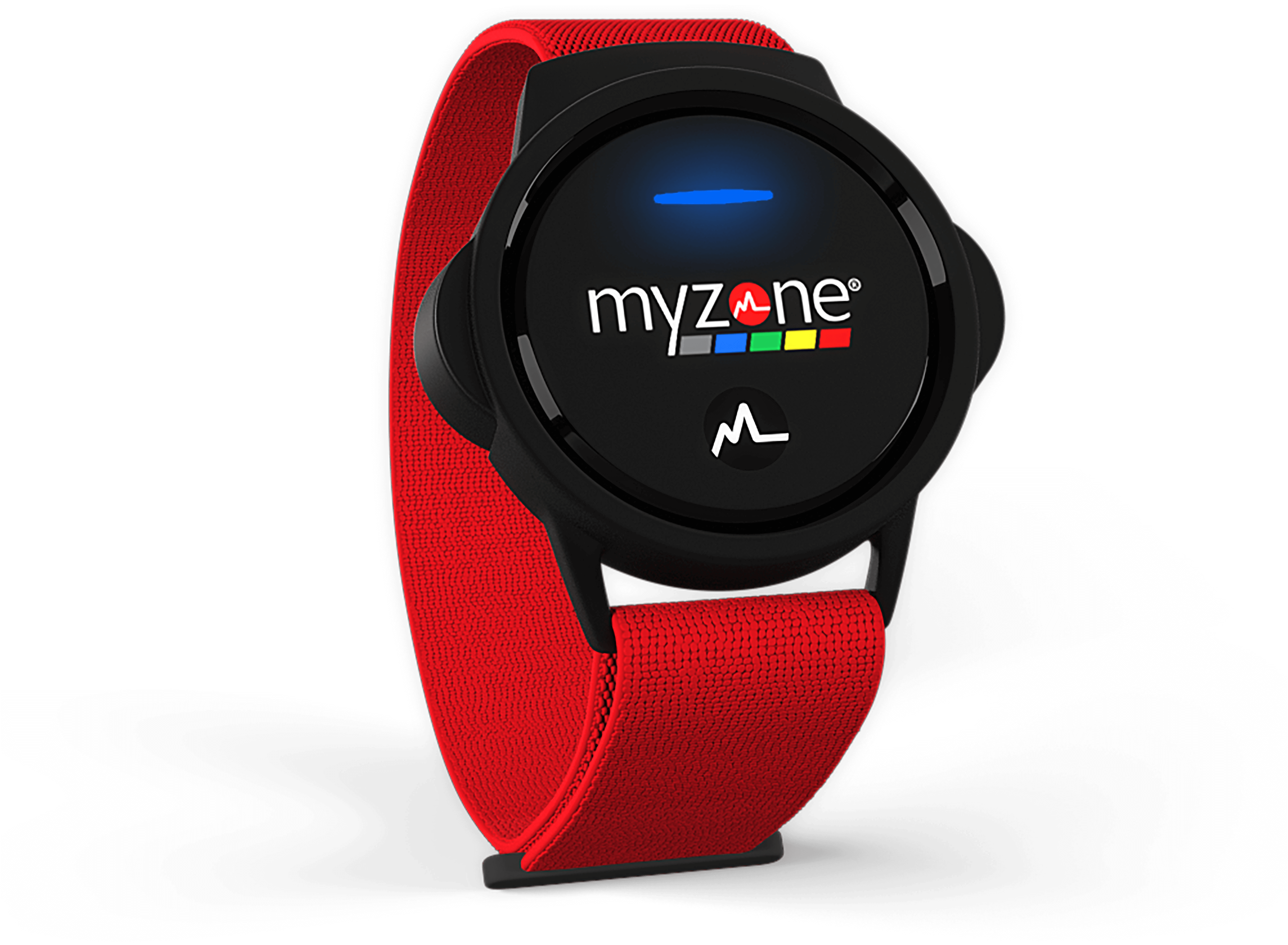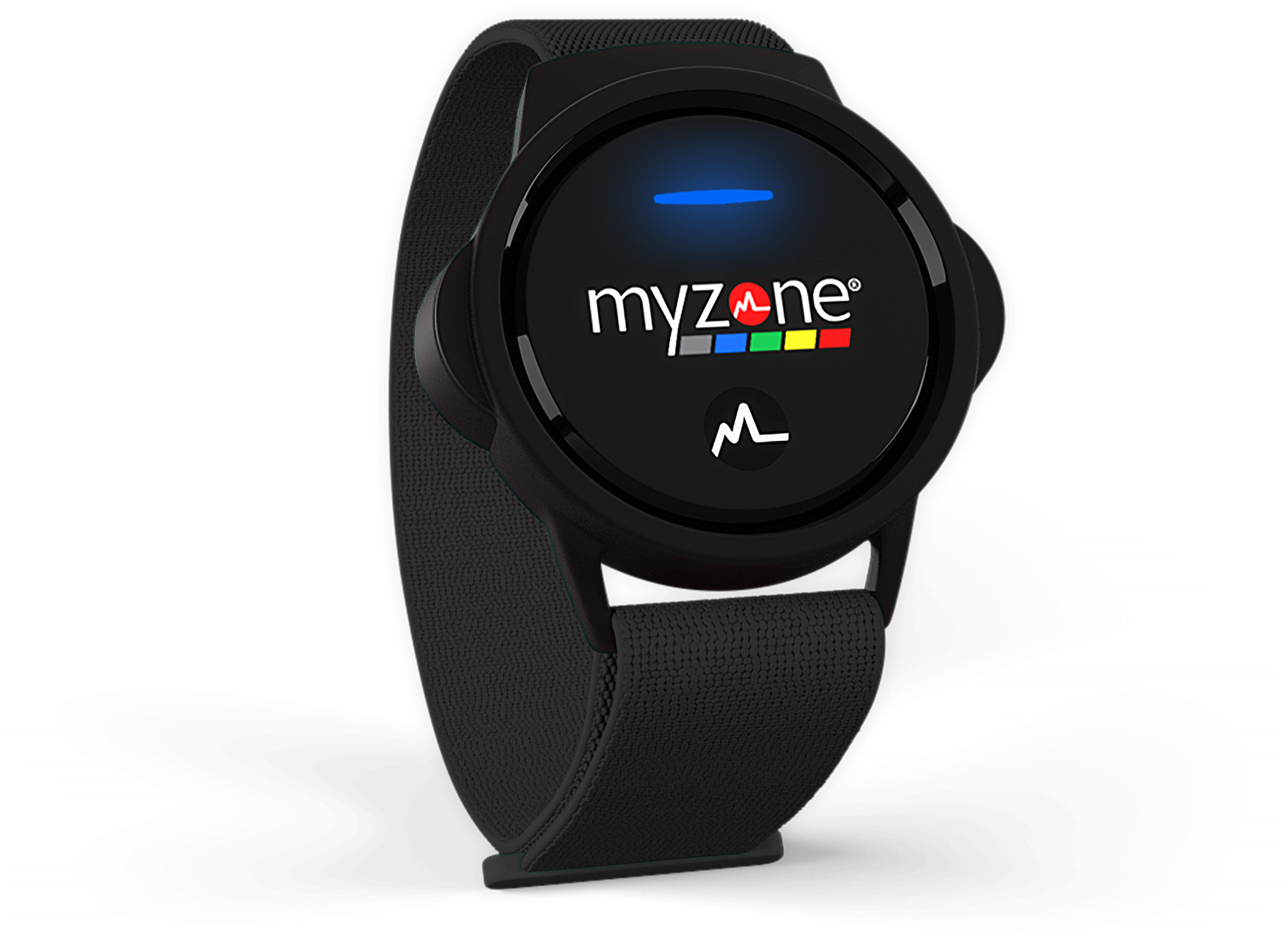We hope you were able to catch our recent Fitness Friday broadcast all about static stretching! Today, we’ll cover the flip side of flexibility training—dynamic stretching.
You may remember that flexibility, the range of motion of our joints, is an important component of fitness for many reasons. According to the National Academy of Sports Medicine (2008), flexibility training is used to:
- Correct muscle imbalances
- Increase joint range of motion
- Decrease excessive tension of muscles
- Relieve joint stress
- Maintain normal functional length of all muscles
- And much more!
While static stretching improves our static flexibility, dynamic stretching improves our dynamic flexibility, or the range of motion of our joints during movement. In dynamic stretching, we perform multiple repetitions of a movement and ease our way to greater range of motion. This type of stretching lets us mimic the range of motion and movements required in sports, exercise, and activities of daily living.
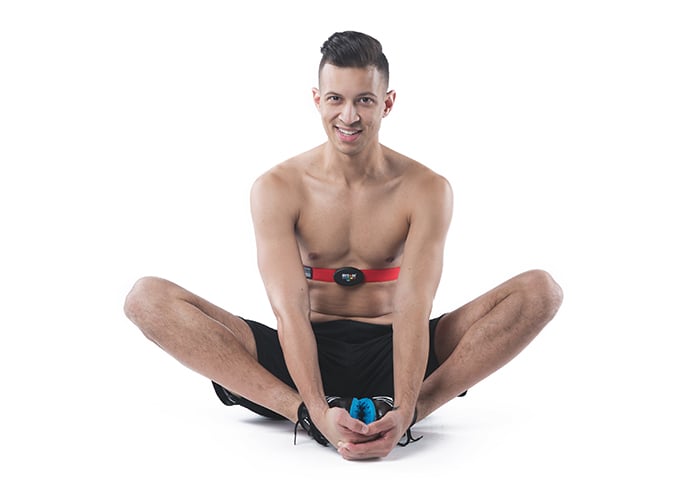
When to Perform Dynamic Stretching
It is typically recommended that we perform dynamic stretching in our warm-up or as a stand-alone workout. Depending on the intensity of your dynamic stretching routine, you could earn quite a few MEPs and get into some different heart rate zones! An effective way to structure your warm-up is to perform a general warm-up consisting of cardiorespiratory exercise (ex: 5-10 min walking, cycling, or jogging), followed by a specific warm-up consisting of dynamic stretches. A specific warm-up is named as such because it mimics and prepares you for the movements you will perform during your workout. You can check out our tips for a dynamic warm-up here.
We’ll get into exercises for dynamic stretching later, but keep in mind that any exercise/stretch that challenges the range of motion of your joints should be performed when your body’s tissues are at an elevated temperature. Thus, we recommend that you perform a 5-10-minute general warm-up of some light cardio before you do dynamic stretching. If that is not possible, be extra careful to ease your way into dynamic stretching exercises and into higher heart rate zones.
Since the major goals of dynamic stretching are to improve dynamic range of motion required in movements/exercises and to prepare or warm-up our body for exercise, we should perform dynamic stretching prior to every workout. We also like to use an extended dynamic stretching session on recovery days.
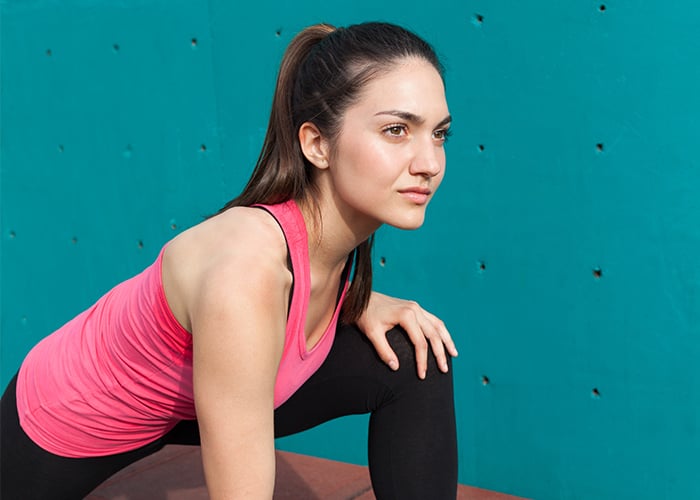
How to Perform Dynamic Stretching
Dynamic stretching often looks very similar to bodyweight training and can help you get into higher heart rate zones. In fact, you may use some of your dynamic stretching exercises in your workout! The key is that you ease your way into your range of motion during dynamic stretching and use either bodyweight or very light resistance. Here are some details on sets and reps, range of motion, tempo, load, and breathing:
Sets & Reps
Perform 3-10 dynamic stretches for about 10 repetitions and 1 set each. If you’re using more dynamic, multi-joint stretches, you can work on the lower side of the 3-10 range. If you’re using stretches that focus on only one or two joints at a time, work on the upper sides of that range.
Range of Motion
Slowly increase your speed and range of motion during your dynamic stretches. For example, you might begin with shoulder rolls, then add arm circles, then increase the speed of the arm circles.
It is unlikely that you will feel as much tension in your muscles and connective tissue in dynamic stretching as you do in static stretching, and that’s OK. Aim to increase your range of motion just a bit in each repetition to the point where you can feel a lengthening of your connective tissue around your joint. You should not feel pain during dynamic stretching!
Tempo
Each repetition should be performed with control. While the exact tempo you use may vary, it is recommended that you start slow and gradually increase the speed of your repetitions. Unlike static stretching, you will not hold your dynamic stretch at the end of your range of motion for an extended period of time. You may hold your end range of motion (when you’re feeling the stretch the most) for about 1-2 seconds, or you may not even hold the stretch at all.
It is important to perform dynamic stretches in a fluid movement and to avoid bouncing. While bouncing is involved in one type of stretching – ballistic stretching – it may cause injury and is probably not beneficial for most exercisers.
Load
Dynamic stretching should be performed using bodyweight or very light resistance, such as a light medicine ball or barbell. Save the heavy weights for the resistance training portion of your workout.
Breathing
Remember to breathe! Your breathing during dynamic stretching will mimic your breathing during resistance training exercises; inhale during the eccentric part of the movement (when you’re working with the load or gravity) and exhale on the concentric part (when you’re working against the load or gravity). For example, appropriate breathing in an air squat is to inhale as you lower down (eccentric) and exhale as you press up (concentric).
Organizing Your Dynamic Stretching Routine
Your dynamic stretching routine will likely look different from others’ based on the goals of your workout; just like most aspects of exercise, there is not a one-size-fits-all mold. That said, here are 3 things to keep in mind when you design your dynamic stretch routine:
Gradually Increase Your Range of Motion
The range of motion you achieve during your last rep should be larger than it was during your first repetition, whether that means you’re reaching farther, hinging more, or taking a larger step. An example is to begin with a half squat and gradually work your way into a parallel or deep squat.
Start Simple, Ease Your Way to Complexity
Dynamic stretching can be very time-efficient because you are able to add multiple movements together. For example, a walking lunge with a torso twist is a common dynamic stretch. However, always start small and gradually build upon your movements. You can do this by ordering your exercises as follows: 1) exercises that utilize fewer joints, 2) exercises that utilize more joints, 3) multiple exercises combined. An example that follows this 1) knee tucks (primary joints involved are hips and knees), 2) walking lunges (primary joints involved are hips, knees, ankles), 3) walking lunges with a torso twist (primary joints involved are hips, knees, ankles, thoracic spine).
Focus on Muscle Groups & Joints Used in Your Workout
Although it’s not a bad idea to target all major muscle groups in a dynamic stretching routine, it isn’t always the most time-efficient option. When selecting stretches, think about which major muscle groups you will target in your workout. If you’re going to hit chest and back, most of your dynamic stretches should focus on your chest and back. If you plan to perform a total-body workout, it will be wise to select stretches that hit each major muscle group and can get your working in higher heart rate zones.
Here are some muscle groups that you can think about targeting in a total-body dynamic stretch routine:
- Lower Body:
- Glutes
- Hip Flexors
- Hamstrings
- Calves
- Quadriceps (Thigh)
- Adductors (Inner Thigh)
- Abductors (Outer Thigh & Glutes)
- Upper Body:
- Chest
- Upper-, Mid-, and Lower-Back
- Neck
- Shoulders
- Arms
- Abdominals
We’ll perform sample dynamic stretches for you in an upcoming #FitnessFriday Facebook Live broadcast. We’re live every Friday at 8 am PT, 11 am ET on the MYZONE Facebook page. You can also catch all of our previous videos on the MYZONE YouTube page.
Be sure to post photos or videos of your dynamic stretches to Facebook, Instagram, and Twitter using the hashtags #myzonemoves and #effortrewarded so we can see how you’re getting up your heart rate zones!
Keep Moving Forward!
References:
National Academy of Sports Medicine. (2008). NASM essentials of personal fitness training. Clark, M.A., Lucett, S.C., Corn, R.J. (Eds.). Baltimore, MD: Lippincott Williams & Wilkins:



